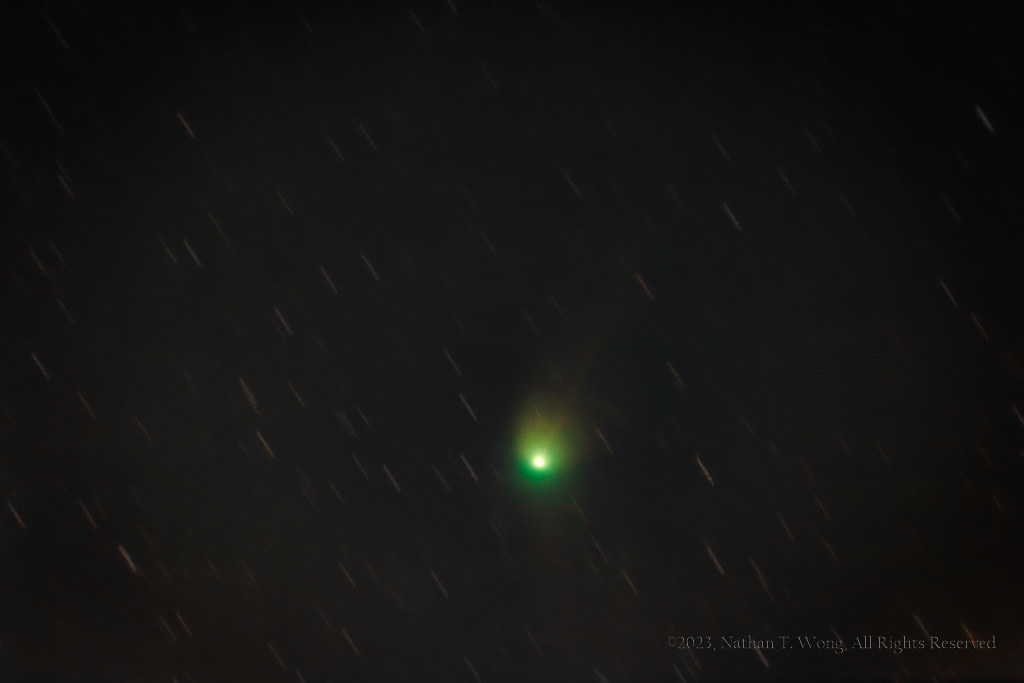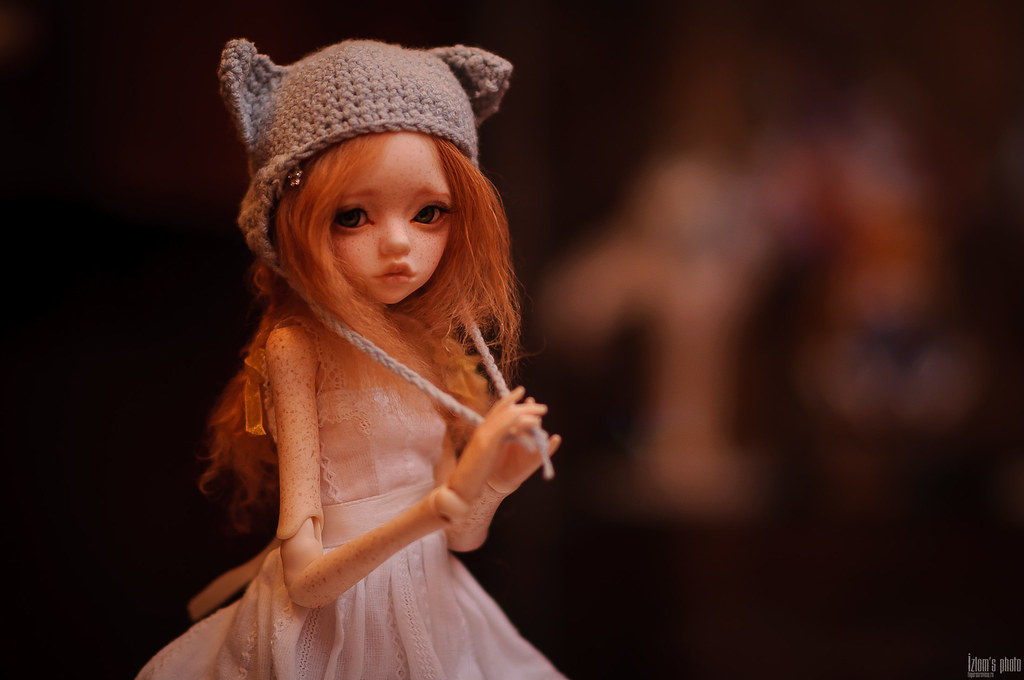#85mm f/1.4
Text
Been a while...
It's been a while since my last post here, as I've been cautious about engaging with platforms like Instagram, Threads, and X, where the algorithms often work against visibility. Despite this, I feel compelled to share the collection of random moments and encounters from my downtown strolls and beyond. After all, amidst the noise of social media, there's something inherently valuable in capturing these fleeting moments of everyday life.
#random#cdmx#mexico city#people watching#ciudad de mexico#foto de calle#fotografia urbana#foto de rua#fotografia#sony#sony 85mm f/1.8#voigtlander 40mm f/1.4#brightinstar 50mm f/.095
1 note
·
View note
Photo
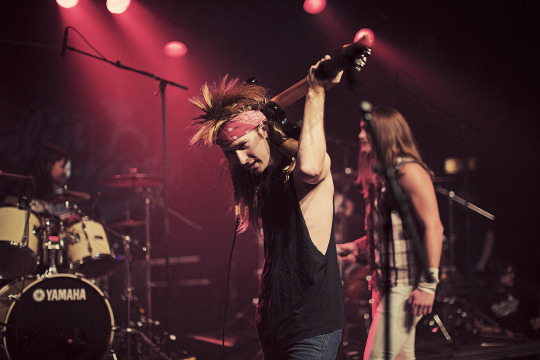






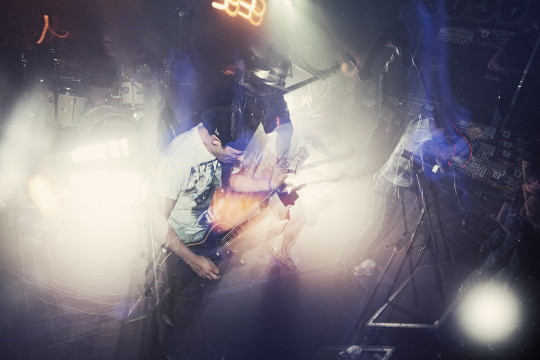
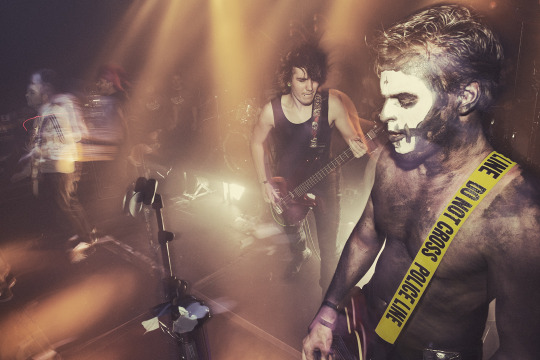

Berlin
Kreuzberg
SO36
Berlin Allstarz #15
Canon EF 24mm f/1.4L II USM
Canon EF 35mm f/1.4 USM
Canon EF 50mm f/1.2L USM
Canon EF 85mm f/1.8 USM
Canon EOS 5D Mark III
#Canon EOS 5D Mark III#Canon EF 24mm f/1.4L II USM#Canon EF 35mm f/1.4 USM#Canon EF 50mm f/1.2L USM#Canon EF 85mm f/1.8 USM#germany#Berlin#Kreuzberg#Oranienstraße#SO36#Berlin Allstarz#live music#Musik#concert#festival#Rock#Punk#Metal#Grunge#Alternative#Independent#lights#colors#colours#Farben#monochrome#documentary#Documentation#Reportage#press
0 notes
Text
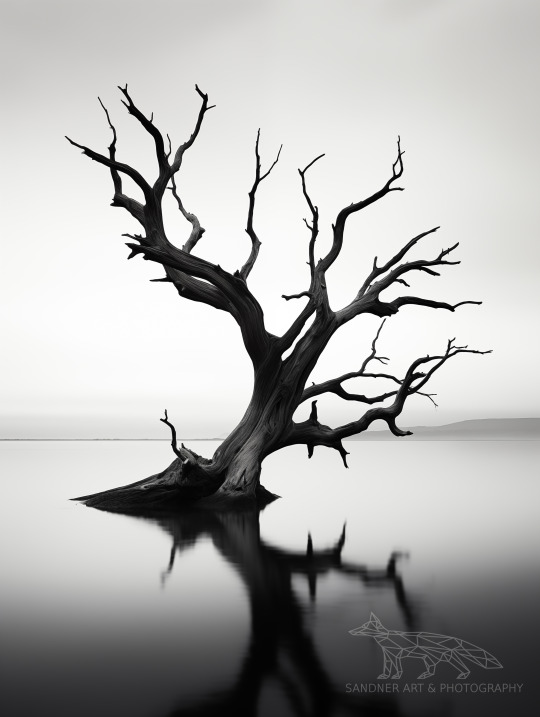
Perfectly imperfect, tree in a man made reservoir 🍂💫✨
Body: A7r
Lens: 85mm f/1.4
Shoes: Wet
#MonochromeMagic#LongExposureArt#TreeInWater#SilentShores#EtherealCapture#NatureNoir#TranquilWaters#MysticLandscape#BlackAndWhiteDream#TimelessMoment#SereneSilhouettes#WaterSymphony#MonotoneMajesty#GlisteningRipples#ShadowsInMotion#LoneTree#DreamlikeScene#ReflectiveTranquility#LongExposurePhotography#SoothingSolitude
128 notes
·
View notes
Text
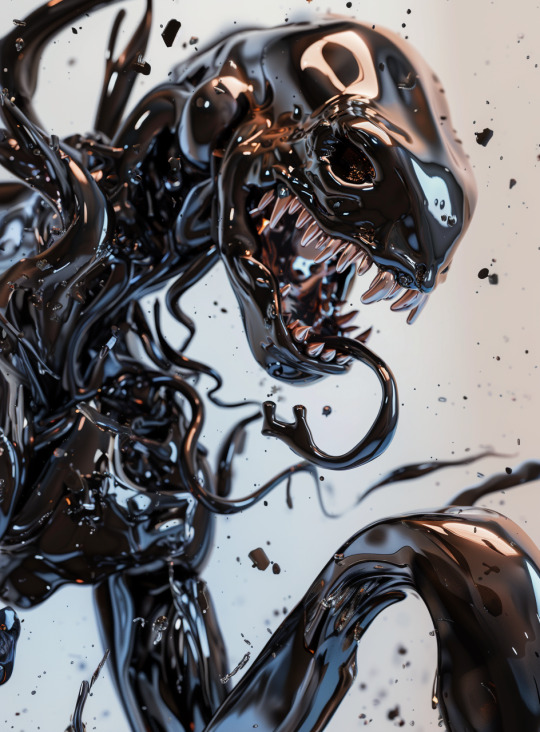
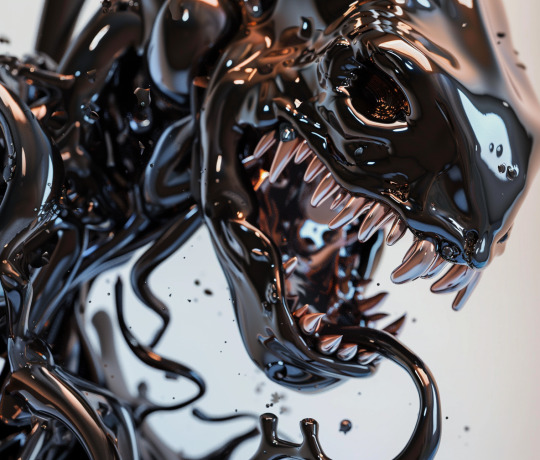
Slick Fangs
The image(s) above in this post were made using an autogenerated prompt and/or have not been modified/iterated extensively. As such, they do not meet the minimum expression threshold, and are in the public domain. Prompt under the fold.
Prompt: a fluid splashing into itself, in the style of rendered in cinema4d, orange, sharp attention to detail, hyper-realistic details, youthful energy, caffenol developing, flickr:: an anime character with large teeth and a horn, in the style of hyper-realistic sci-fi, dark silver and dark pink, sigma 85mm f/1.4 dg hsm art, metallic finishes, intricate body-painting, womancore, cobra
#public domain art#public domain#free art#auto-generated prompt#unreality#midjourney v6#generative art#ai artwork#black fluid#venom#oil#monster
7 notes
·
View notes
Note
Hey Micheal what camera would you reccomend to some one starting out taking photos & what’s your set up?
Hey!
I'm a firm believer in buying an inexpensive DSLR or mirrorless setup with interchangeable lenses. You don't have to break the bank on a starter setup — just focus on buying a camera with a robust selection of first- and third-party lenses.
My usual advice is to start simple and only upgrade gear once you run into a physical or technical limitation that stops you from realizing your vision. For example, if you're not getting the shallow depth of field you want with your current lens and body, then maybe it's time to consider buying a lens with a larger maximum aperture (e.g., f/1.8 or f/1.4).
I started out with a Nikon D50 and a Nikkor 50mm f/1.8. That served me well for nearly five years, before I started running into technical limitations with the sensor that made shooting night photos difficult. That's when I switched to shooting medium format film for a spell, before ultimately settling on a full-frame Canon digital body. All-in-all, that experimentation period took about 17 years (I'm still not done).
That said, shop used for your first camera. Places like KEH or MPB have a great selection of tested and used gear. I personally shop from MPB. Here are a few great beginner full-frame camera bodies. I'll break out lenses later on in this post.
Why full frame? I think you get superior image quality, better depth of field, better image resolution for printing, and phenomenal dynamic range.
Canon EOS 5D Mark III ($714)
Nikon D750 ($774)
Canon 6D Mark II ($884)
Nikon D810 ($819)
Anyone of these are going to get the job done and then some.
The world of lenses is complicated and varied. You'll have “prime purists” that will tell you to eschew zoom lenses and only shoot prime (a lens with no zoom capabilities). You'll have people that say longer telephotos are all you need. The truth is, you'll find your niche the more you shoot. I prefer prime lenses for their simplicity (and the less I have to think about, the better).
I'll break these out by purpose.
Portraiture
Canon EF 85mm f/1.8 ($259)
Canon EF 50mm f/1.8 ($134)
Nikkor 85mm f/1.8 ($184)
Nikkor 50mm f/1.8 ($78)
Landscapes
Canon EF 24mm f/2.8 IS ($294)
Nikkor AF 24mm f/2.8 ($134)
Multipurpose
Canon EF-S 18-55mm f/3.5-f/5.6 IS STM ($54)
Nikon AF-P DX Nikkor 18-55mm f/3.5-5.6G ($73)
I could go on and on, but this is enough to get you a start in the right direction.
If I were to put together a beginner kit with the above options, I would snatch up the Canon 5D Mark III with the Canon 50mm f/1.8 and the Canon EF 24mm f/2.8 IS. Total cost before taxes and shipping would be $1,142. You would have an incredibly flexible kit that lends itself to portraiture, landscapes, and street work, all for the same price as a new “prosumer” kit with only one lens from Amazon or other big box stores. If you don't know which direction you want to go, or you want to save on cost, there's nothing wrong with swapping out the two primes and grabbing the 18-55mm kit lens for next to nothing. That will at least let you dabble with different focal lengths and see what suits you.
I'm happy to answer any other questions here!
P.S. I shoot with a Canon EOS 6D Mark I and usually have a Sigma 35mm f/1.4 lens mounted on it for street portrait/street landscape work. My other carry-around camera is a Ricoh GR III.
10 notes
·
View notes
Photo

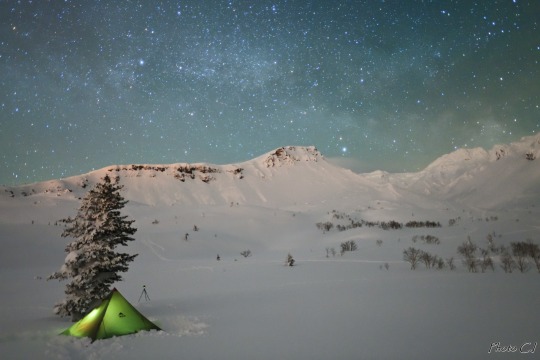



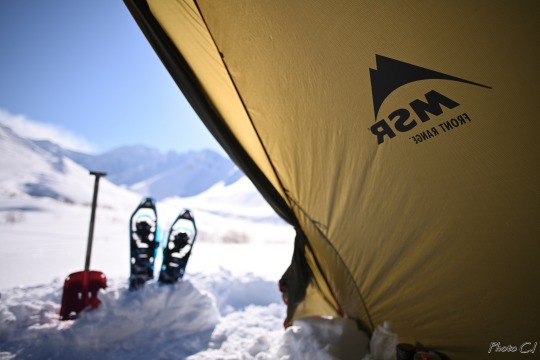


天の川を探しに。雪山テント泊の記録。
以前挑んだ雪山と天の川の組み合わせ…再び!という事で、ザック1つにがっつり詰め込んで雪山ソロテント泊へ。
月明かりの有無や時間帯で、空の色も天の川も刻々と変わります。
電波の届かない無音の中、一人この景色と向き合う…この時間がなにより尊いのです。
一枚目【焦点距離】20mm【ISO】8000【SS】15【F値】/1.8
二段目左【焦点距離】20mm【ISO】5000【SS】20【F値】/1.8
二段目右【焦点距離】58mm【ISO】10000【SS】6【F値】/1.4
四枚目【焦点距離】20mm【ISO】6400【SS】20【F値】/2.5
五枚目【焦点距離】85mm【ISO】64【SS】1/800【F値】/8
五段目左【焦点距離】20mm【ISO】64【SS】1/3200【F値】/1.8
五段目右【焦点距離】20mm【ISO】64【SS】1/800【F値】/8
八枚目【焦点距離】85mm【ISO】64【SS】1/4000【F値】/3.5
34 notes
·
View notes
Text
Week 1 - Equipment and Techniques - Aperture Task


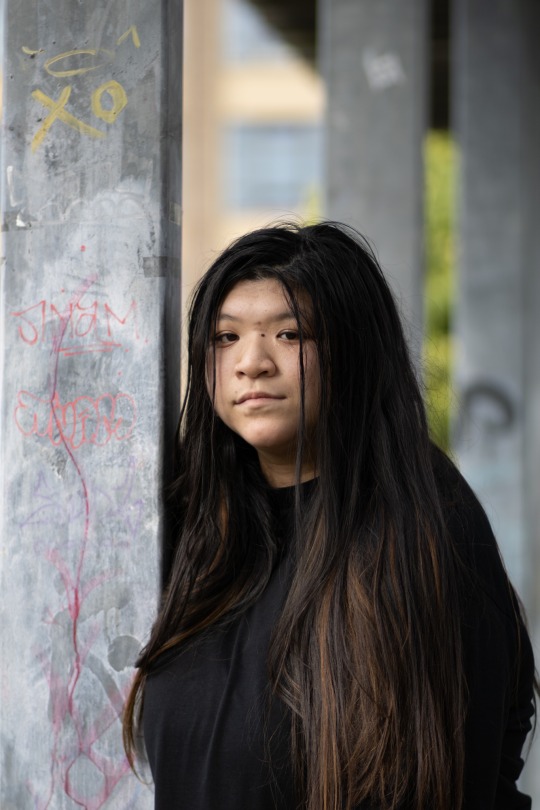

For our first equipment and techniques class, we had to go out of the college grounds and shoot portraits using the lowest aperture possible.
I used a 85mm lens with my 2000D so I was able to shoot at an aperture of f 1.4, with an ISO of 100. As we were shooting on AV mode, we couldn’t set the shutter speed so it was a challenge to make sure it was set above 1/125s to prevent any camera shake. The fastest shutter speed I used when shooting was 1/2000s, and the slowest was 1/250s.
Thank you to @kloeyyyhnc1 for modelling :)
7 notes
·
View notes
Video
Comet C/2023 E3 (ZTF) by nathantw
Via Flickr:
Comet C/2023 E3 (ZTF) This comet was one of the most overhyped comets in recent years. The press claimed that we'd be able to see it with our naked eye or at least with binoculars. I looked and looked and never saw it even with 10x50 binoculars. I checked my star charts and programs and I still couldn't find it. I finally grabbed an 85mm f/1.4 lens and shot photos in the general vicinity and finally found the hazy blob. After locating it I went back to my binoculars and could only see it with the corner of my eye using the cones. Here's my interpretation of the comet. Since I'm in the middle of a large city I wasn't able to capture the long tail that many others could see. In fact, I was only able to see up to magnitude 5 or 6. The photo you see is about 20 minutes of capture time or 43 photos at 30 seconds each.
#comet#c/2023#e3#ztf#astrophotography#astronomy#celestial#event#night#stars#ice#rock#green#nathantw#nathantwong#flickr
3 notes
·
View notes
Video
Taiga (dim larina) par Yaroslav Kotov
Via Flickr :
DIM Larina Head Doll Chateau girl body nikon d90 samyang 85mm f/1.4
3 notes
·
View notes
Photo
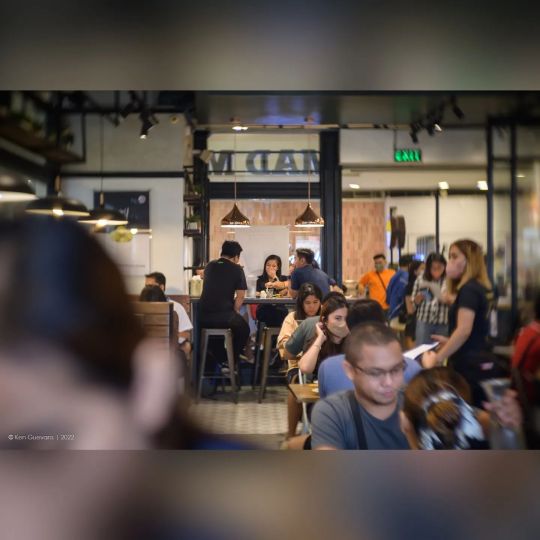
Fotobaryo digital dump (3/3) :) Random musings and behind the scenes at and before @fotobaryo :) Shot with the Nikon Z6 with the Lomography Petzval 55mm f/1.7 Mk II Bokeh Control lens and the Samyang AF 85mm f/1.4 lens. :) #Film #filmphotography #photography #Nikon #Z6 #NikonZ6 #TeamNikonPH #NikonPH #NikonPhotography #Photowalk #Travel #TravelPH #TeamNikonPH #NikonPH #35mmfilm #Portrait #portraitphotography #Portraiture #Friends #Fotobaryo #Lomography #LomographyPH #HeyLomography #Petzval #Couple #Portraits #Samyang https://instagr.am/p/CetDHoHraIV/
3 notes
·
View notes
Text
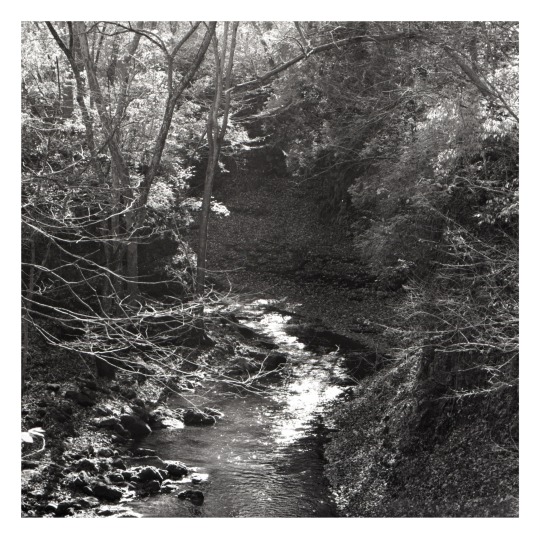



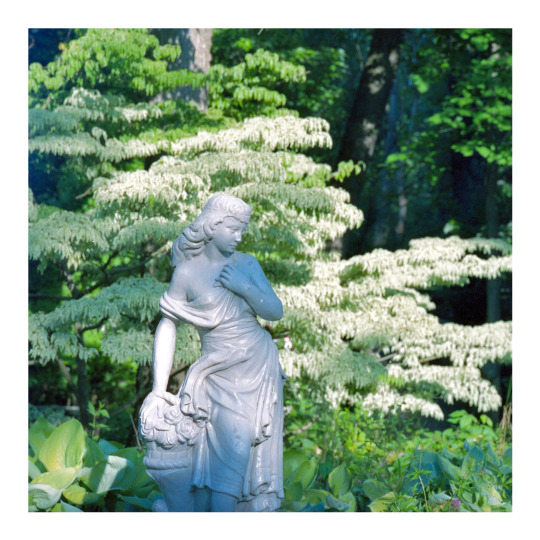




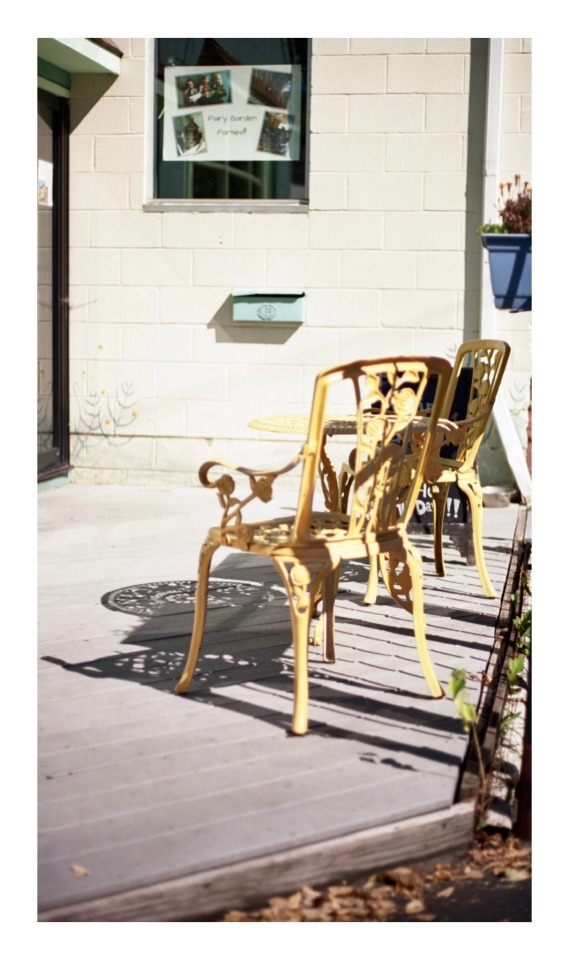
My top 10 film photos of 2023
Various cameras, lenses and film stocks used.
This year found me falling in love with film all over again. I had worked in digital photography for about 7 years, and really enjoyed getting sharp images and learning composition. But something felt so clinical about it. Going back to film taught me that there is beauty in the grain. It has feeling, warmth, nostalgia, and adds so much to a simple image. Here’s to another year of (hopefully) great photos.
Cameras:
Canon EOS-1
Canon AE-1
Canon FX
Hasselblad 500EL/M
Lenses:
Canon FD 50mm f/1.8
Canon FD 135mm f/3.5
Canon FL 50mm f/1.4
Canon EF 35mm f/2
Canon EF 85mm f/1.8
Carl Zeiss 150mm f/4
0 notes
Photo

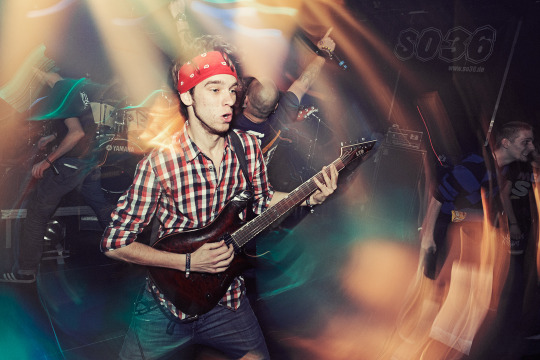
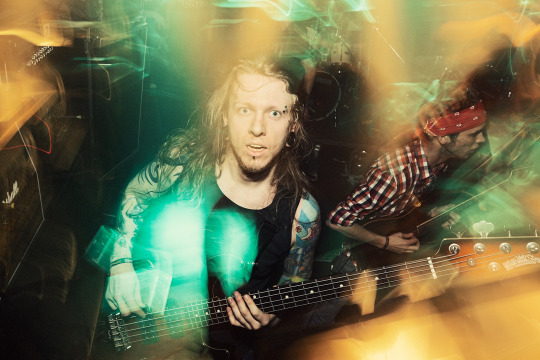

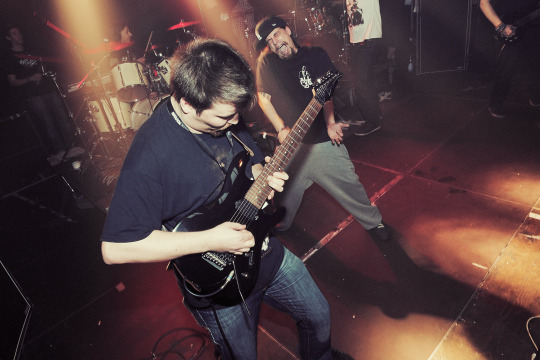


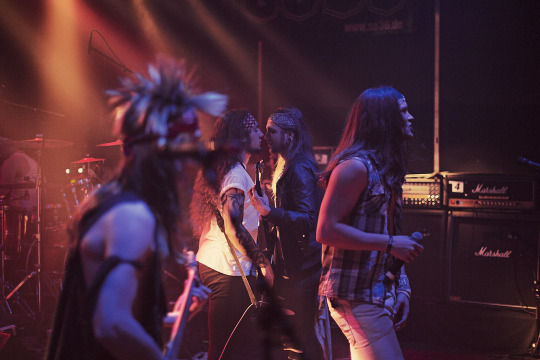
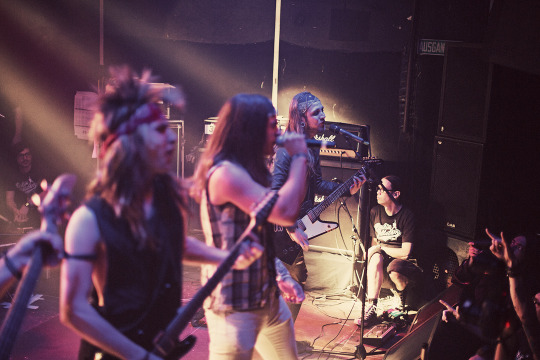
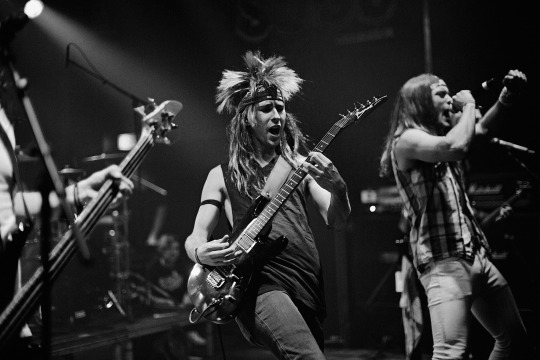
Berlin
Kreuzberg
SO36
Berlin Allstarz #15
Canon EF 24mm f/1.4L II USM
Canon EF 35mm f/1.4 USM
Canon EF 50mm f/1.2L USM
Canon EF 85mm f/1.8 USM
Canon EOS 5D Mark III
#Canon EOS 5D Mark III#Canon EF 24mm f/1.4L II USM#Canon EF 35mm f/1.4 USM#Canon EF 50mm f/1.2L USM#Canon EF 85mm f/1.8 USM#germany#Berlin#Kreuzberg#Oranienstraße#SO36#Berlin Allstarz#live music#Musik#concert#festival#Rock#Punk#Metal#Grunge#Alternative#Independent#lights#colors#colours#Farben#monochrome#documentary#Documentation#Reportage#press
0 notes
Video
vimeo
Kobe City Hall Observation Lobby from darwinfish105 on Vimeo.
神戸市役所展望ロビーからタイムラプスを撮影しました。
1/17の阪神・淡路大震災の追悼イベントの文字の光と1/22のルミナリエの光も撮影しています。
camera:SONY a7RV
lens:FE 20-70mm F4 G
lens:Nikon Ai AF Zoom-Nikkor 24-85mm f/2.8-4D IF
mount adapter:KIPON TandS NIK-NEX
lens:TTArtisan Tilt 50mm f/1.4
camera:SONY a6600
lens:E PZ 16-50mm F3.5-5.6 OSS SELP1650
music:Guard Up by Oliver Michael(artlist.io/royalty-free-music/song/guard-up/109347)
1 note
·
View note
Text
Анонс Sony FE 85mm f/1.4 GM II состоится весной
Ровно через восемь лет Sony наконец-то обновит ... Читать дальше »
0 notes
Text

Lens Type:
Prime Lenses: Fixed focal length, offer excellent image quality.
Zoom Lenses: Variable focal length, versatile for different situations.
Focal Length:
Wide-angle (e.g., 10-24mm): Great for landscapes and architecture.
Standard (e.g., 35-85mm): Versatile for everyday photography.
Telephoto (e.g., 70-200mm): Ideal for wildlife and sports.
Aperture:
Wide apertures (e.g., f/1.4) allow for low-light shooting and beautiful background blur (bokeh).
Smaller apertures (e.g., f/8) provide greater depth of field for landscapes.
Image Stabilization:
Helps reduce blur from hand-held shots, especially in low light.
Compatibility:
Ensure the lens is compatible with your camera's mount (e.g., Canon EF, Nikon F).
Budget:
Lenses vary greatly in price, so consider your budget when making a selection.
Purpose:
Determine your primary photography needs (e.g., portraits, macro, sports) to choose the right lens.
Brand and Reviews:
Research reputable lens brands and read reviews to find a lens that suits your requirements.
Size and Weight:
Consider portability and convenience if you plan to carry your gear.
Special Features:
Some lenses have unique features like macro capabilities, tilt-shift, or image quality enhancements.
1 note
·
View note
Text
கருவி
Tool
Lenses:
The choice of lenses for a documentary film can greatly influence the visual style and storytelling of your project. The right lenses will depend on several factors, including the type of documentary you're making, the shooting conditions, your budget, and the creative look you want to achieve. Here are some considerations to keep in mind when selecting lenses for a documentary film:
Focal Length:
Wide-angle lenses example 16mm, and 24mm can capture expansive scenes and provide a sense of the environment. They're great for establishing shots and capturing immersive moments.
Normal/standard lenses 35mm, 50mm closely resemble human vision and can be versatile for various shots.
Telephoto lenses example 85mm and 200mm can isolate subjects from their surroundings and are helpful in capturing intimate, candid moments without intrusion.
Zoom vs. Prime Lenses:
Zoom lenses offer versatility by covering a range of focal lengths in one lens. This can be practical for fast-paced documentary shooting where changing lenses might not be feasible.
Prime lenses offer higher image quality, and wider apertures, and are generally better for achieving a cinematic look. They often require changing lenses more frequently but can provide a more distinct visual style.
Aperture:
A wide aperture such as f/1.4 to f/2.8 allows for shallow depth of field, which can help isolate subjects from their backgrounds and create a cinematic look with blurred backgrounds.
A smaller aperture f/4 to f/8 is ideal for capturing scenes with more elements in focus, such as group shots or landscapes.
Image Stabilization:
In documentary filmmaking, you might be shooting handheld or in dynamic environments. Lenses with image stabilization can help reduce the effects of camera shake and make your footage smoother.
Documentary Style:
The style of your documentary can also influence your lens choice. If you aim for a more cinematic look, prime lenses with a wider aperture might be preferable. If you're going for a more natural and immersive look, zoom lenses could be more suitable.
Ultimately, there's no one-size-fits-all answer to the "best" lenses for a documentary film. It's essential to understand your project's specific needs, style, and limitations, and then choose lenses that align with those factors. If possible, it's also a good idea to test out different lenses before starting your production to see which ones best achieve your desired visual style.
for my documentary, I wanted a mix between cinematic and true-to-life so I shot with a mix of lenses.
I used a mix of primes and zooms. the 24mm for introduction shots and 50mm and 85mm for sharp portraits and detail shots. these primes were perfect lenses to use when the shooting conditions were predictable and ideal. but for those times when things became unpredictable, I switched to the trusty 24-70mm and 70-200mm lenses. overall with this lens setup, I was able to capture all the shots I wanted and more.
Camera:
The light is focused by the lens, but it is captured by the camera. However, every filmmaker has a distinct choice when it comes to the camera. A good documentary camera should be discreet, small, light, and easy to use in tight quarters. In terms of camera equipment, I used a combination of Sony cameras, primarily the Sony FX3 and the Sony A7Siii. Sony cameras are my preferred choice because of their excellent low-light environments and offer a wide range of lenses.
When it comes down to it, the instrument is only as good as the person who uses it.
0 notes
